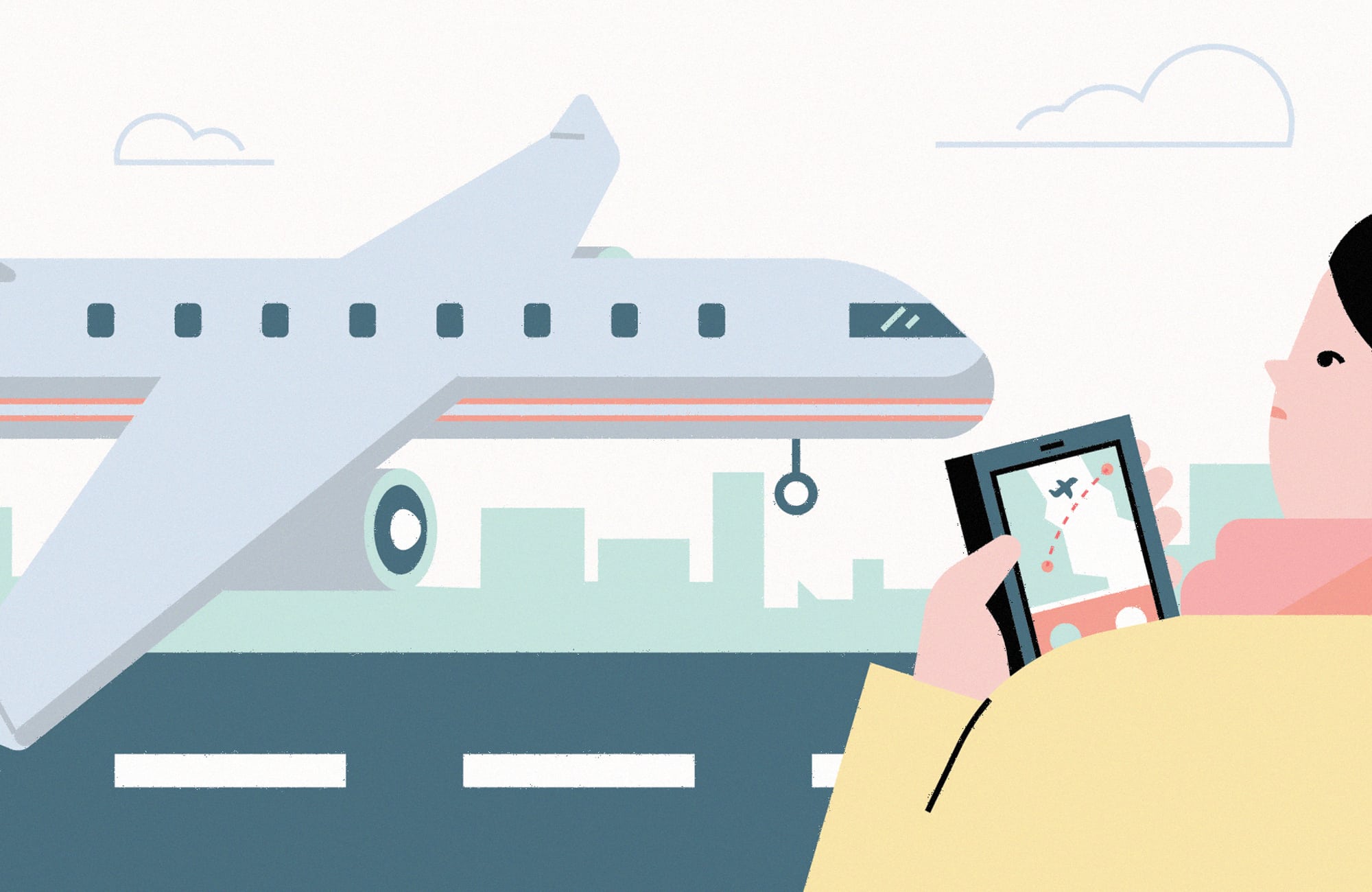Travel Megatrends 2018: Airlines Become Storefronts Beyond the Seat

Skift Take

Skift Megatrends 2018
In January 2018 released our annual travel industry trends forecast, Skift Megatrends 2018. You can read about each of the trends on Skift, or download a copy of our magazine here.Peter Glade, commercial director of Sun Express, a leisure airline owned by Lufthansa and Turkish Airlines, likes to say that airlines must decide whether to be Uber or the Uber driver.
"Our decision as an airline shall be, 'Am I the one that is transporting the passenger from A to B, or am I the one that is managing the problem that the customer has to an extent that the customer is happy and wants to fly with me again,"' he said in an interview. "Do I want to be a transportation organization or a problem solver?"
Put that way, it's an easy decision. An airline doesn't want to be reduced to being a transportation provider, while another company — perhaps Google or Amazon, or an online travel agency, or maybe a firm that doesn't exist yet — provides an ultra-sophisticated platform to sell everything from seat assignments and baggage fees to related hotel and car rental bookings. A healthy modern airline wants to know its passengers better than anyone so it can offer them the right products and services at the most opportune time.
It's trickier than it sounds. Yes, airlines have always sold tickets, but they were not built for modern retailing. They are transportation providers, and so many resources go into the core business — providing safe, reliable operations — that many have not invested in e-commerce.
"It is simply not that easy to catch up in a breath based on legacy IT and an online distribution mindset that is still developing,"
